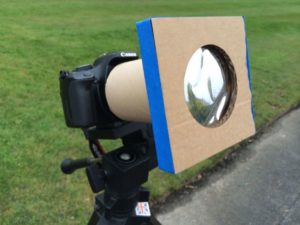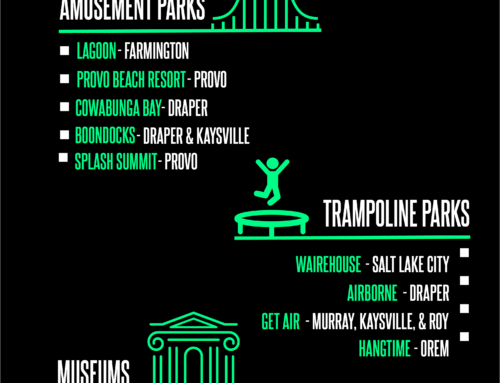On August 21, North America will be able to view the full solar eclipse in its totality. This eclipse will be occurring from coast to coast, across the continental U.S. It is the first eclipse to do this since 1918 – almost 100 years! This is the perfect opportunity to get out with your family, friends, and Littles to view this natural phenomenon – and learn how to do it safely.
 “A total solar eclipse occurs when the disk of the moon appears to completely cover the disk of the sun in the sky. The fact that total solar eclipses occur at all is a quirk of cosmic geometry. The moon orbits an average of 239,000 miles (385,000 kilometers) from Earth — just the right distance to seem the same size in the sky as the much-larger sun. However, these heavenly bodies line up only about once every 18 months… During a total solar eclipse, the disk of the moon blocks out the last sliver of light from the sun, and the sun’s outer atmosphere, the corona, becomes visible. The corona is far from an indistinct haze; skywatchers report seeing great jets and ribbons of light, twisting and curling out into the sky… During totality, the area inside the moon’s shadow is cloaked in twilight — a very strange feeling to experience in the middle of the day. Just before and just after totality, observers can see this cloak of darkness moving toward them across the landscape, and then moving away.” (Total Solar Eclipse 2017: When, Where and How to See It (Safely))
“A total solar eclipse occurs when the disk of the moon appears to completely cover the disk of the sun in the sky. The fact that total solar eclipses occur at all is a quirk of cosmic geometry. The moon orbits an average of 239,000 miles (385,000 kilometers) from Earth — just the right distance to seem the same size in the sky as the much-larger sun. However, these heavenly bodies line up only about once every 18 months… During a total solar eclipse, the disk of the moon blocks out the last sliver of light from the sun, and the sun’s outer atmosphere, the corona, becomes visible. The corona is far from an indistinct haze; skywatchers report seeing great jets and ribbons of light, twisting and curling out into the sky… During totality, the area inside the moon’s shadow is cloaked in twilight — a very strange feeling to experience in the middle of the day. Just before and just after totality, observers can see this cloak of darkness moving toward them across the landscape, and then moving away.” (Total Solar Eclipse 2017: When, Where and How to See It (Safely))
It is important to never look directly at the sun without the right viewing protection, except during totality. There are many ways to safely view an eclipse of the sun including direct viewing – which requires some type of filtering device and indirect viewing where you project an image of the sun onto a screen.
Click here for some easy, DIY ways you can safely view the eclipse!
Sources:
http://www.instructables.com/id/Solar-Eclipse-Projects-Easy-and-Advanced/
https://eclipse2017.nasa.gov/eclipse-who-what-where-when-and-how
https://www.space.com/33797-total-solar-eclipse-2017-guide.html







